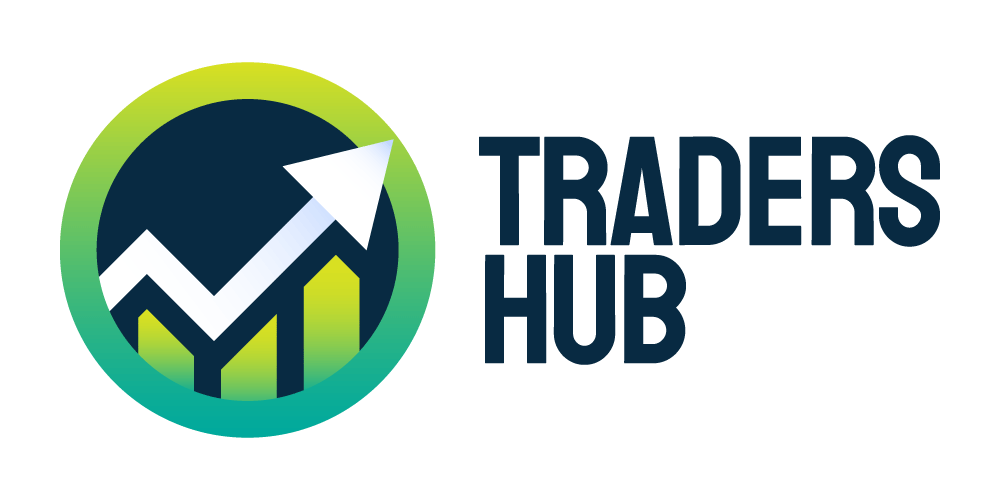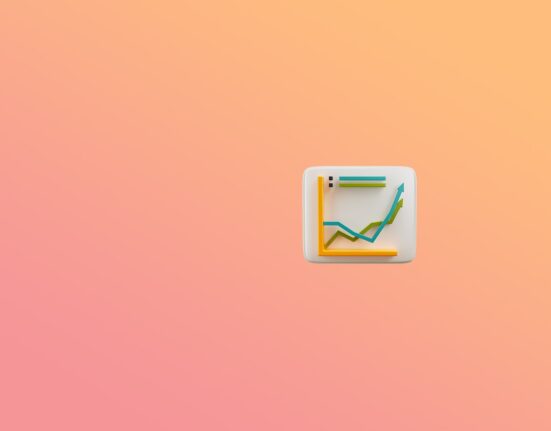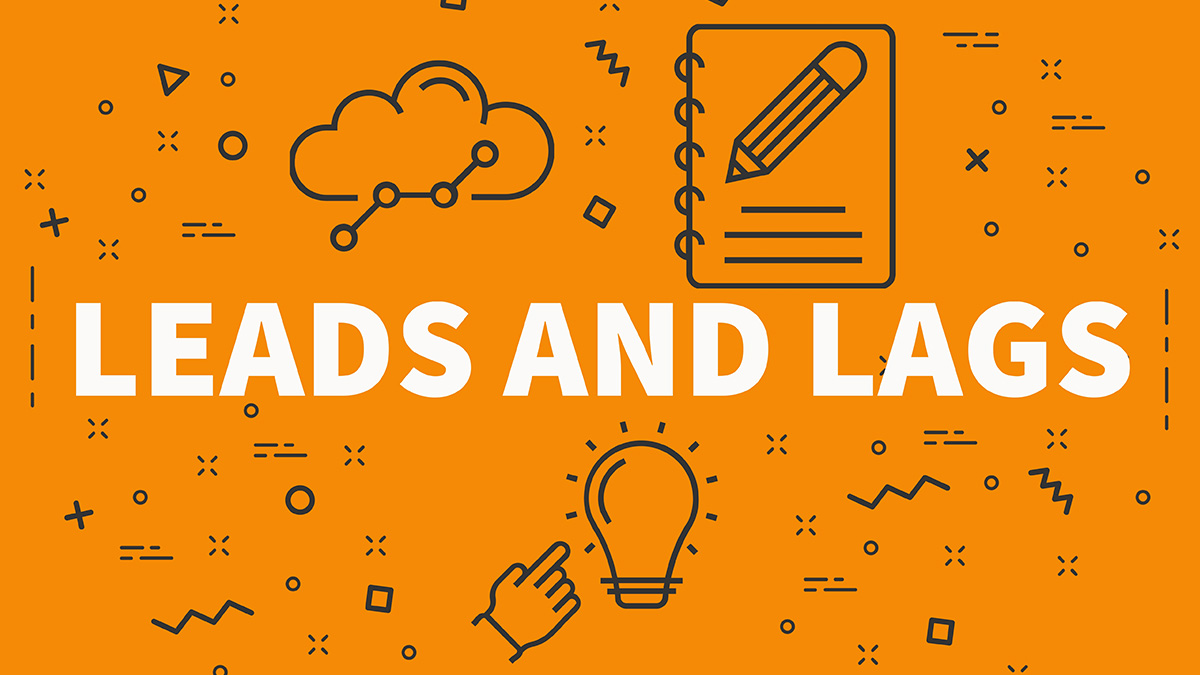Traders and investors are continuously looking for information to help them make educated selections when it comes to financial market analysis. Lagging indicators and leading indicators are two major categories of economic indicators used in market analysis. Market players must be able to distinguish between these indicators. We will examine lagging and leading indicators in this post, as well as how to use them to navigate the financial markets.
Lagging Indicators
Lagging indicators, as the name suggests, are economic factors that change after the economy has begun to follow a particular trend. They are used to confirm the patterns and trends that may have already begun. Some examples of lagging indicators include:
- Unemployment Rate – The unemployment rate tends to rise after the economy starts to contract.
- Economic Output – GDP is considered a lagging indicator as it is reported after the period it represents.
- Corporate Profits – Companies report profits after the economic activities that generated them have occurred.
- Consumer Price Index (CPI) – Changes in CPI reflect price changes that have already occurred.
Leading Indicators
Leading indicators are economic factors that change before the economy starts to follow a new trend. These indicators can be used to predict changes in the economy and the markets. Examples of leading indicators include:
- Stock Market Returns – The stock market tends to change before the economy does.
- Building Permits – An increase in building permits usually precedes an economic upturn as construction projects fuel economic activity.
- Manufacturing Activity – An increase or decrease in manufacturing can indicate future economic output.
- Consumer Confidence Index – When consumer confidence is high, people are more likely to make purchases, which can stimulate economic growth.
Key Differences
- Timing – Lagging indicators provide information after a trend or economic shift has already begun, while leading indicators provide early signals before a change occurs.
- Application – Lagging indicators are primarily used for confirmation and assessment, while leading indicators are used for prediction and proactive decision-making.
- Reliability – Leading indicators can be less reliable as they are based on predictions, and may give false signals. Lagging indicators are more reliable but might result in delayed actions.
Making the Most of Both
Successful traders and investors often use a mix of lagging and leading indicators to inform their strategies. While leading indicators can prepare them for a potential change, lagging indicators can confirm whether the predicted change is a genuine trend. Balancing the use of both types of indicators can help in mitigating risks and establishing a more comprehensive understanding of market dynamics.












